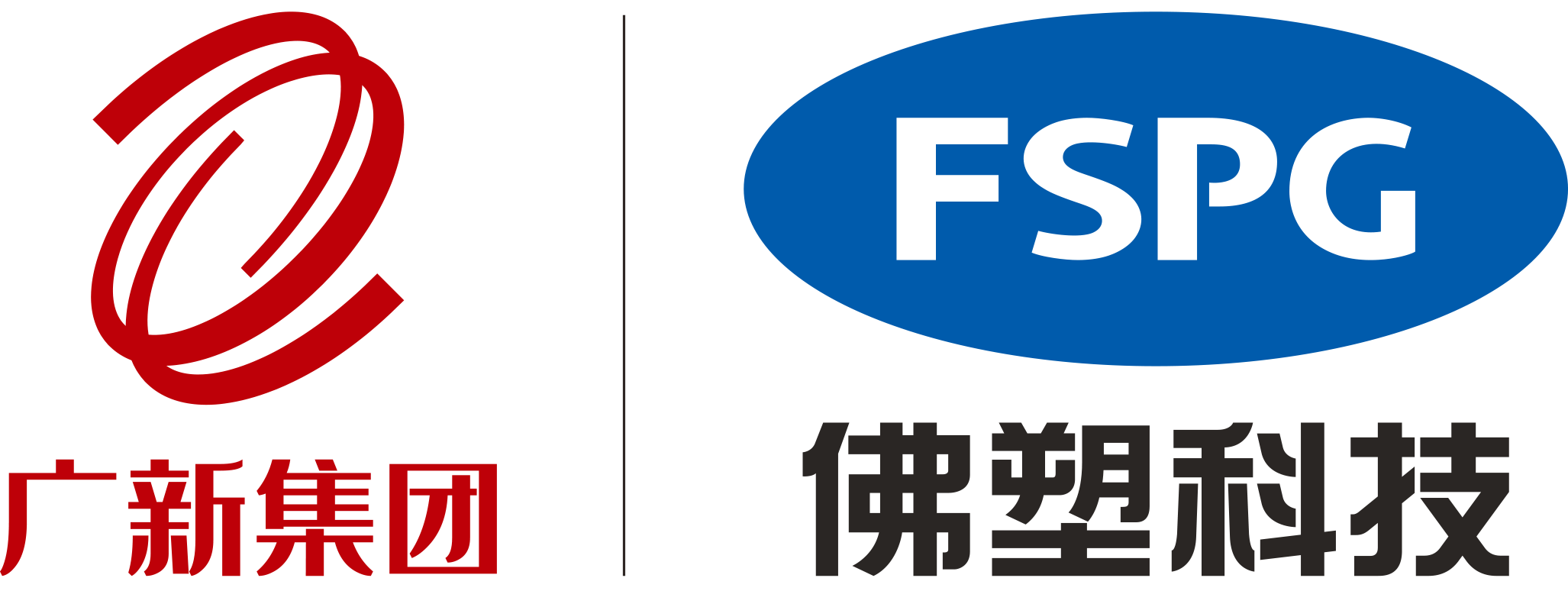Ground fabric, also known as ground fabric agricultural woven fabric, is a material commonly used in agriculture for soil protection and stability. It is typically composed of strong synthetic fibers and has a mesh-like structure that can be strengthened and made more durable through various processing methods. Ground fabric can be categorized into two types: non-woven fabric and woven fabric, depending on the specific application requirements.
Type | Function | Specification | Color | Application |
Durability, and aging resistance | Effectively inhibit weed growth | 90g/120g/ 150g/160g | white,blue,black&white | Flower and pitaya planting,etc |
Advantages:
The use of ground fabric has several advantages. Firstly, it helps to retain water in the soil, reducing the need for frequent irrigation and water consumption. Additionally, it allows water to enter the soil while ensuring proper ventilation and maintaining optimal moisture levels.
Another benefit of using ground fabric is its ability to prevent weed growth. By creating a barrier, it effectively improves crop yield and quality. This is because it reduces competition from weeds, creating a more favorable environment for crops to thrive.
Ground fabric also plays a crucial role in protecting the soil from erosion and degradation. It acts as a shield, preserving the soil's fertility and stability. By preventing water and wind erosion, it safeguards the overall quality of the soil.
Lastly, the ground fabric is highly durable and resistant to wear, sunlight, water, and aging. This means that it can withstand various environmental conditions, ensuring its longevity and effectiveness.
Orchard and vegetable greenhouses: Geotextile can be utilized to cover orchards and vegetable greenhouses, preventing the growth of weeds and soil erosion, ultimately enhancing the quality of crop growth.
Farmland irrigation: By acting as a ground covering material, geotextile helps reduce water evaporation and loss, leading to improved irrigation efficiency.
Flower beds and courtyards: Geotextile can be used as a soil cover for flower beds and courtyards, preventing weed growth and soil erosion, while maintaining an aesthetically pleasing and neat appearance.
Water conservancy projects: Geotextile finds application in water conservancy projects such as embankments, reservoirs, and dykes, enhancing the stability of the soil in these areas.
Ground fabric, also known as ground fabric agricultural woven fabric, is a material commonly used in agriculture for soil protection and stability. It is typically composed of strong synthetic fibers and has a mesh-like structure that can be strengthened and made more durable through various processing methods. Ground fabric can be categorized into two types: non-woven fabric and woven fabric, depending on the specific application requirements.
Type | Function | Specification | Color | Application |
Durability, and aging resistance | Effectively inhibit weed growth | 90g/120g/ 150g/160g | white,blue,black&white | Flower and pitaya planting,etc |
Advantages:
The use of ground fabric has several advantages. Firstly, it helps to retain water in the soil, reducing the need for frequent irrigation and water consumption. Additionally, it allows water to enter the soil while ensuring proper ventilation and maintaining optimal moisture levels.
Another benefit of using ground fabric is its ability to prevent weed growth. By creating a barrier, it effectively improves crop yield and quality. This is because it reduces competition from weeds, creating a more favorable environment for crops to thrive.
Ground fabric also plays a crucial role in protecting the soil from erosion and degradation. It acts as a shield, preserving the soil's fertility and stability. By preventing water and wind erosion, it safeguards the overall quality of the soil.
Lastly, the ground fabric is highly durable and resistant to wear, sunlight, water, and aging. This means that it can withstand various environmental conditions, ensuring its longevity and effectiveness.
Orchard and vegetable greenhouses: Geotextile can be utilized to cover orchards and vegetable greenhouses, preventing the growth of weeds and soil erosion, ultimately enhancing the quality of crop growth.
Farmland irrigation: By acting as a ground covering material, geotextile helps reduce water evaporation and loss, leading to improved irrigation efficiency.
Flower beds and courtyards: Geotextile can be used as a soil cover for flower beds and courtyards, preventing weed growth and soil erosion, while maintaining an aesthetically pleasing and neat appearance.
Water conservancy projects: Geotextile finds application in water conservancy projects such as embankments, reservoirs, and dykes, enhancing the stability of the soil in these areas.
Home | Products | Green Product | Contact Us | Sitemap | Privacy Policy
